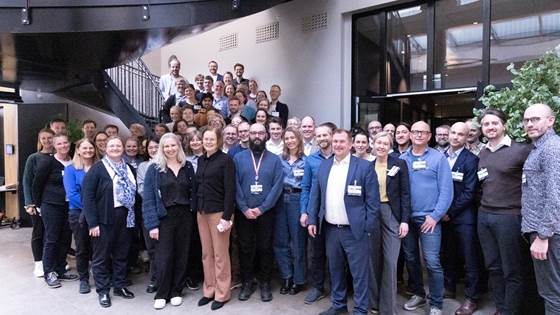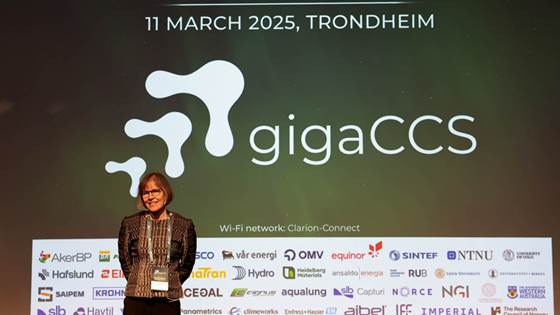
Researchers make recommendations for schools of the future
We need to think more about the interaction between architecture, pedagogy and different forms of learning when we plan new schools, researchers say.

We need to think more about the interaction between architecture, pedagogy and different forms of learning when we plan new schools, researchers say.

Using well-known offshore technology from the oil industry, along with a completely new idea, the founders of Farmocean-subsea want to create equipment for aquaculture at sea. Way out at sea.

New FME research centre InterPlay (Integrated Hub for Energy System Analyses) officially kicked off yesterday, gathering consortium members and partners in Trondheim to mark the official launch.

When capturing CO2 from industrial sources, a capture agent is used, most often amine solvents. A new report provides guidelines on how industry can choose the right solvent technology.

Norwegian hydropower provides stability in the power market, but a more even power consumption in Norwegian building stock could have an impact on the electricity production of hydropower, a new SINTEF study shows.

The world needs more of the valuable nutrients found in fish viscera, liver and roe. Yet, much of this raw material is being thrown back into the sea. There are good reasons to stop this wasteful practice.

Tests show that it is possible to cut up to 33 percent of energy consumption using smart heating controllers. The system is based on multiple factors, including future electricity prices and weather data.

Insidious bacteria could cause trouble for the sprinkler wave that is now rolling in across Norway if the tiny organisms are not taken seriously.

If electric vehicles were lighter, they would also be more energy efficient. Of course researchers are eager to make that happen. With aluminium.

Far below the earth’s surface is an energy source with huge and perpetual potential: geothermal heat. But the forces in its scorching and inhospitable depths must be tamed. Now scientists know what that will take.

How climate-friendly is the urban development in your municipality? A new tool helps planners compare alternatives.

Hurtigruten has sailed along the coast of Norway for more than 130 years. Now, their voyage towards zero emission ships receives attention from all over the world.

It’s easy to oppose solar parks when you hear that 60 solar plants are equivalent in area to over 5000 football pitches, as recently reported by NRK. This analogy draws attention away from other important aspects of the debate.

Achieving emission reduction targets in Norway, Europe, and globally is impossible without carbon capture and storage (CCS). To reach net zero, CCS must scale from millions to billions of tonnes. FME gigaCCS aims to accelerate this transition...

An ineffective negotiation system was the main impression people left with from the climate summit in Baku. Restoring trust in this system must be the top priority for the next conference.